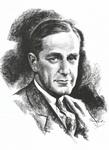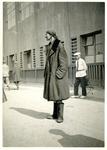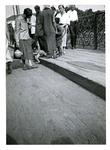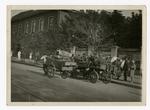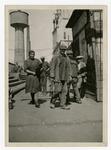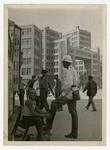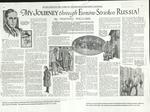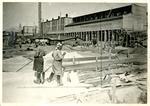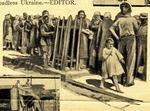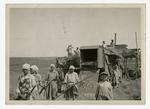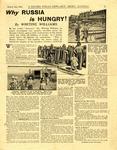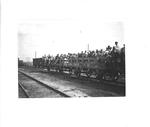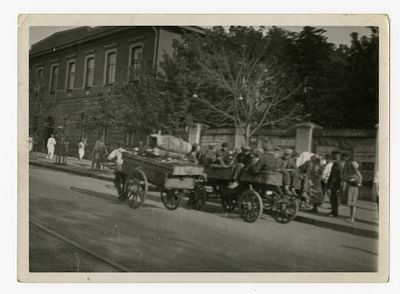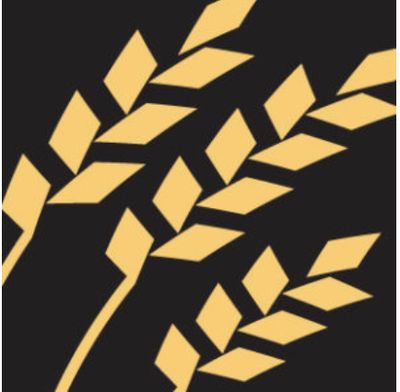Whiting Williams Collection
Records
Results




Page 1 of 1
- Portrait source: Western Reserve Historical Society, Cleveland, OH. For further information about this portrait, go to: http://vitacollections.ca/HREC-holodomordigitalcollections/3685442/dataPortrait source: Western Reserve Historical Society, Cleveland, OH. For further information about …
- This photo, taken August, 1933, was used to illustrate “My Journey Through Famine-Stricken Russia,” (February 24, 1934, p.16), the first of two articles by Whiting Williams that ran in a London weeklThis photo, taken August, 1933, was used to illustrate “My Journey Through …
- This photo, taken August, 1933, was used to illustrate “My Journey Through Famine-Stricken Russia,” February 24, 1934, p.16, the first of two articles by Whiting Williams that ran in a London weeklyThis photo, taken August, 1933, was used to illustrate “My Journey Through …
- This photo, taken August, 1933, was used to illustrate “My Journey Through Famine-Stricken Russia,” (February 24, 1934, p.17), the first of two articles by Whiting Williams that ran in a London weeklThis photo, taken August, 1933, was used to illustrate “My Journey Through …
- This photo, taken August, 1933, was used to illustrate “My Journey Through Famine-Stricken Russia,” (February 24, 1934, p.17), the first of two articles by Whiting Williams that ran in a London weeklThis photo, taken August, 1933, was used to illustrate “My Journey Through …
- This photo, taken August, 1933, was used to illustrate “My Journey Through Famine-Stricken Russia,” (February 24, 1934, p.17), the first of two articles by Whiting Williams that ran in a London weeklThis photo, taken August, 1933, was used to illustrate “My Journey Through …
- Williams, Whiting, 1878-1975, Answers, 1934, 16-17, 28 The original photographs that served as the basis for the published illustrations are accessible from the Related Features menu. Descriptions of the photographs along with their original captions areWilliams, Whiting, 1878-1975, Answers, 1934, 16-17, 28 The original photographs that served as the basis for the published illustrations …
- This photo, taken August, 1933, was used to illustrate “Why Russia is Hungry,” (March 3, 1934, p.3), the second of two articles by Whiting Williams that ran in a London weekly titled Answers. The oriThis photo, taken August, 1933, was used to illustrate “Why Russia is …
- The original photo, taken in August 1933, is now missing. However, it was edited and used to illustrate “Why Russia is Hungry,” (March 3, 1934, p.3), the second of two articles by Whiting Williams thThe original photo, taken in August 1933, is now missing. However, it …
- This photo, taken August, 1933, was used to illustrate “Why Russia is Hungry,” (March 3, 1934, p.3), the second of two articles by Whiting Williams that ran in a London weekly titled Answers. The oriThis photo, taken August, 1933, was used to illustrate “Why Russia is …
- Williams, Whiting, 1878-1975, Answers, August 1933, 3-4 The original photographs that served as the basis for the published illustrations are accessible from the Related Features menu. A description of the photographs along with their original captions arWilliams, Whiting, 1878-1975, Answers, August 1933, 3-4 The original photographs that served as the basis for the published illustrations …
- Photo taken August, 1933. No record of publication found to date.Photo taken August, 1933. No record of publication found to date.
Page 1 of 1


